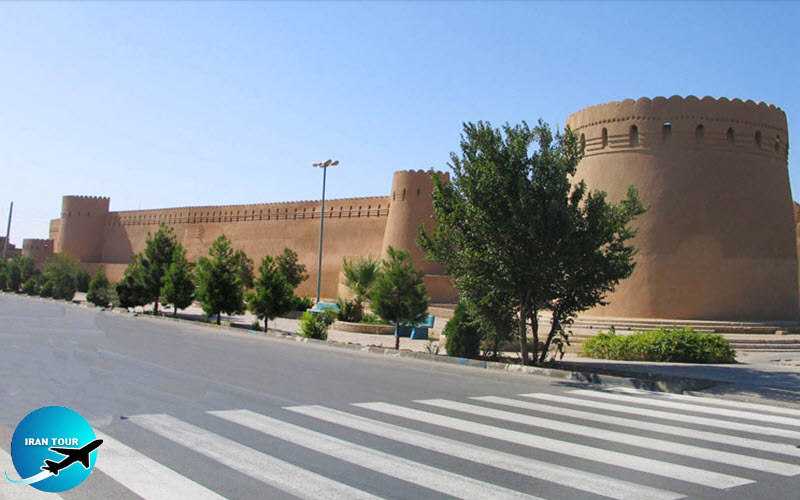Copyright 2020 - 2021 irantour.tours all right reserved
Designed by Behsazanhost
Subcategories
Ancient Walls & Battlements of Yazd
In the narrow and winding alleys, under the golden glow of the sun, among the thatched walls and a space full of the smell of straw-clay plaster perfume, walk freely towards the deep ancient history of Yazd. This is the most exciting part of your tour which will experience the historic neighborhoods of Yazd, the first and largest brick city in the world.
- Details
- Category: Yazd Historical Sites
Mortaz House
One of the houses of the Qajar period has become the Yazd faculty of Architecture due to its artistic and architectural elegance. This house with 1526 m2 is made of a basement, ground floor, and first floor. This house with 1526 m2 is made of a basement, ground floor, and first floor. This Qajar house has two outer and inner sections, each of which has a separate courtyard and entrance. This Qajar house shows the architectural elements in their most beautiful form.
- Details
- Category: Yazd Historical Sites
Arabzadeh House
Another valuable historical house in Yazd, which is located in the old neighborhood of Fahadan and next to the Yazd Jame Mosque, is the House of the Arabzadeh.
This historical house, which belongs to the Qajar period, is a museum of Yazdi artists' that shows their decoration and architecture, which has now been turned into a coin museum.
- Details
- Category: Yazd Historical Sites
Rasoulian House
One of the most valuable traditional historical houses in Yazd has become the Faculty of Yazd Architecture. The Rasoulian House with over 100 years old has been located in the Sahle ibne Ali neighborhood. This historic house was donated to the Yazd University of Architecture by the owners of the house as a waqf(Charity) in 1989.
- Details
- Category: Yazd Historical Sites
Malek House
One of the fantastic old houses of Yazd that show the art and talent of Yazdi architect. This exceptional old traditional house was built in one of the important bazaars of Yazd by the order of one of the famous traders by the name Malek Al Tojar. This 120-year-old house belongs to the Qajar era and has the signs of that period's architect.
- Details
- Category: Yazd Historical Sites




